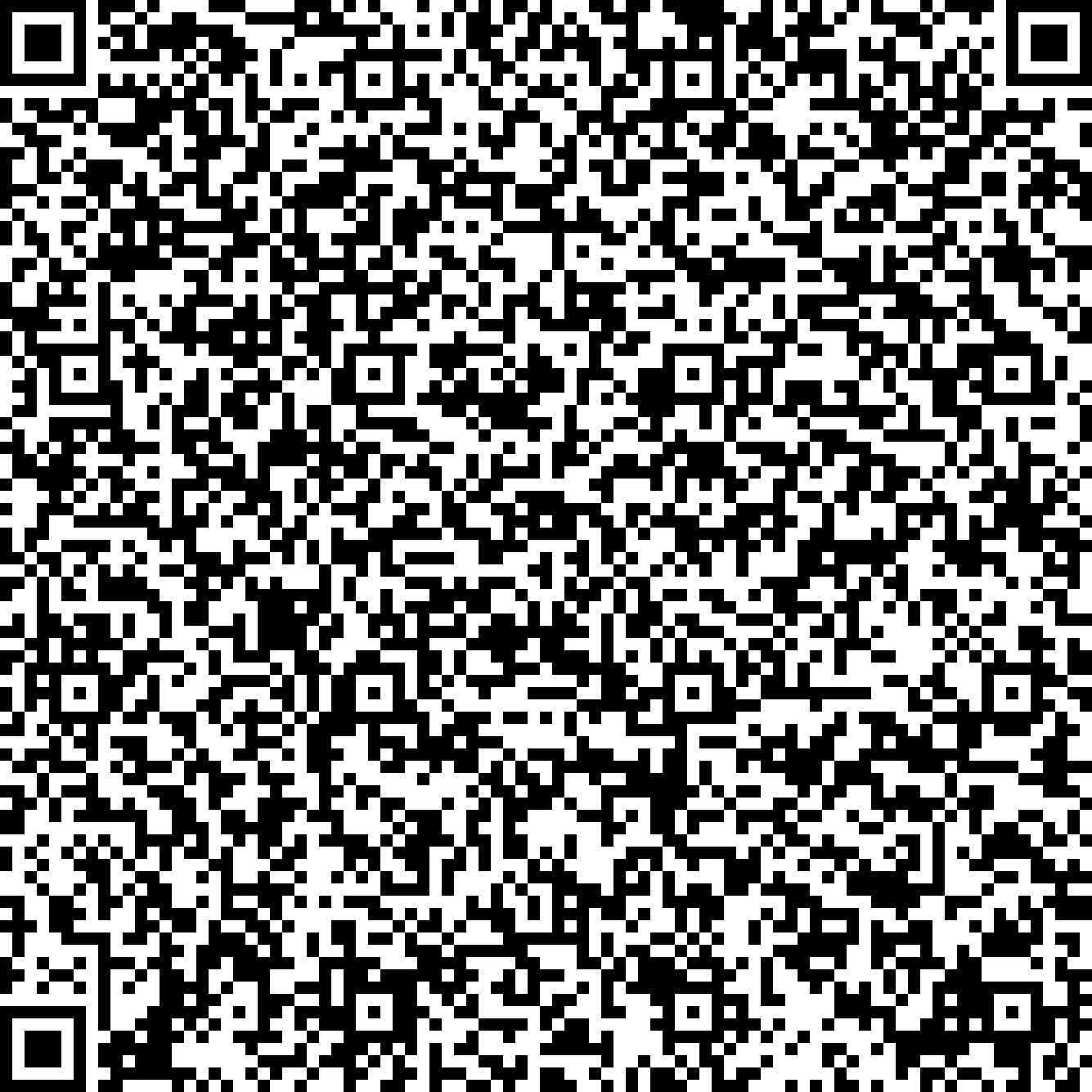


DNA nanotechnology has recently provided a wealth of techniques to fold DNA into well-defined complex two- and three-dimensional structures in a programmable manner. For inorganic materials such a synthesis scheme with freely programmable shapes has so far been missing. Here we show that three-dimensional DNA origami nanostructures can be used to fabricate gold nanoparticles with predesigned shape. In particular, the DNA structures are used as molds to dictate the final shape of the metal particles that forms by a seededgrowth procedure. We also show that individual molds can be used as bricks to build extended and more complex mold structures. Finally we discuss the application of this technology to fabricate simple electronic components and devices.



DNA nanotechnology has recently provided a wealth of techniques to fold DNA into well-defined complex two- and three-dimensional structures in a programmable manner. For inorganic materials such a synthesis scheme with freely programmable shapes has so far been missing. Here we show that three-dimensional DNA origami nanostructures can be used to fabricate gold nanoparticles with predesigned shape. In particular, the DNA structures are used as molds to dictate the final shape of the metal particles that forms by a seededgrowth procedure. We also show that individual molds can be used as bricks to build extended and more complex mold structures. Finally we discuss the application of this technology to fabricate simple electronic components and devices.